Time for a retrospective. Ten riders were picked to watch during the 2023 season, some as rising talents and others because of the role they could play, or even what their career path says about the state of the sport.
Richard Carapaz was the biggest mover in the transfer market last year, a grand tour winner on the move and not between UAE, Ineos and Jumbo, but to a smaller team in EF. Alas Carapaz proved to be one of the biggest flops of the seasons… but this wasn’t anybody’s fault. After chronic tonsillitis he opted for surgery over the winter but there were post-op complications and he ended up off the bike for a long time. Still he resumed racing at the end of February and won the Ecuador national title and looked to be healthy and ready. Only he was chasing form and never a factor in the smaller World Tour stage races, take his ride in the Critérium du Dauphiné when on the stage to Salins-les-Bains he attacked on the final climb and only Jonas Vingegaard could follow. It dazzled, only the problem was that Carapaz couldn’t keep up with the move he’d launched and quickly cracked. Clearly though he was hired for the Tour de France so everything until July didn’t matter too much, only he crashed on the opening day, like Enric Mas, and that was that. He came back for the end of the season including a top-10 in Lombardia which suggests a base to build on for 2024. The hindsight angle is Ineos let a high calibre GC rider go when they were short of them for 2023 and things look worse for 2024 to the point that they had to pay out Movistar to re-sign Carlos Rodriguez…

Carlos Rodriguez was the second pick. “If he’s that good, would Ineos let him go?” was the question only he was going and had to be brought back, and at a cost. He had a solid season in stage races and you could tell in the Dauphiné that he was improving, it was like watching a flower opening as he got better in the week. Fifth in the Tour de France, he could have been fourth if it wasn’t for a fall on the penultimate day but if we’re talking luck his Morzine stage win impressed. Yes he was well down on Pogačar and Vingegaard on the Joux-Plane until they started marking each other and this just allowed him to get back in contention where he nipped past on the first bend of the descent and stayed away. He got back to the two stars when all his rivals didn’t and he showed great descending skills to take the win. Still 22 but level-headed, arguably the biggest effect could be at Movistar where they will miss the kind of a leader to build the squad around, his arrival would have raised the level of the team.
Matthias Skjelmose was one of the rising talents to watch. Probably not a big name a year ago but in six stages races in 2022 he finished no lower than fifth overall, whether in flat Denmark or the mountainous Ain. The challenge was to confirm and build. And he delivered, never outside the top-10 in the “Ardennes” triple. The Tour de Suisse was his big win and it was a dominant performance. Remco Evenepoel was making his post-Covid return so we should adjust expectations for the Belgian but still, Skjelmose matched him in the time trials and was well ahead in the mountains where Felix Gall proved a revelation and alas the final results became anecdotal in the wake of Gino Mäder’s death. For Skjelmose the Tour de France wasn’t so easy as a crash in the first week left him sore. He’s due to target the Ardennes in 2024 and then Vuelta with a view to the returning to the Tour de France in 2025.
Alpecin-Deceuninck are a phenomenal team, newly-promoted to the World Tour for 2023 they took plenty of big wins, especially thanks to Mathieu van der Poel and Jasper Philipsen. Only you can hear it, can’t you…there’s a but. The team is fine on a flat course but once the sport heads into the hills and mountains they struggle. Now being specialists works well, a host of team managers would love to have their results but it’s remarkable all the same how this team is built. Still Quinten Hermans was picked to see if he could expand the team’s range, he’s good on the punchy climbs, think the Basque Country or Ardennes – he was second in Liège in 2022. He got a few results here and there but not much to write home about.
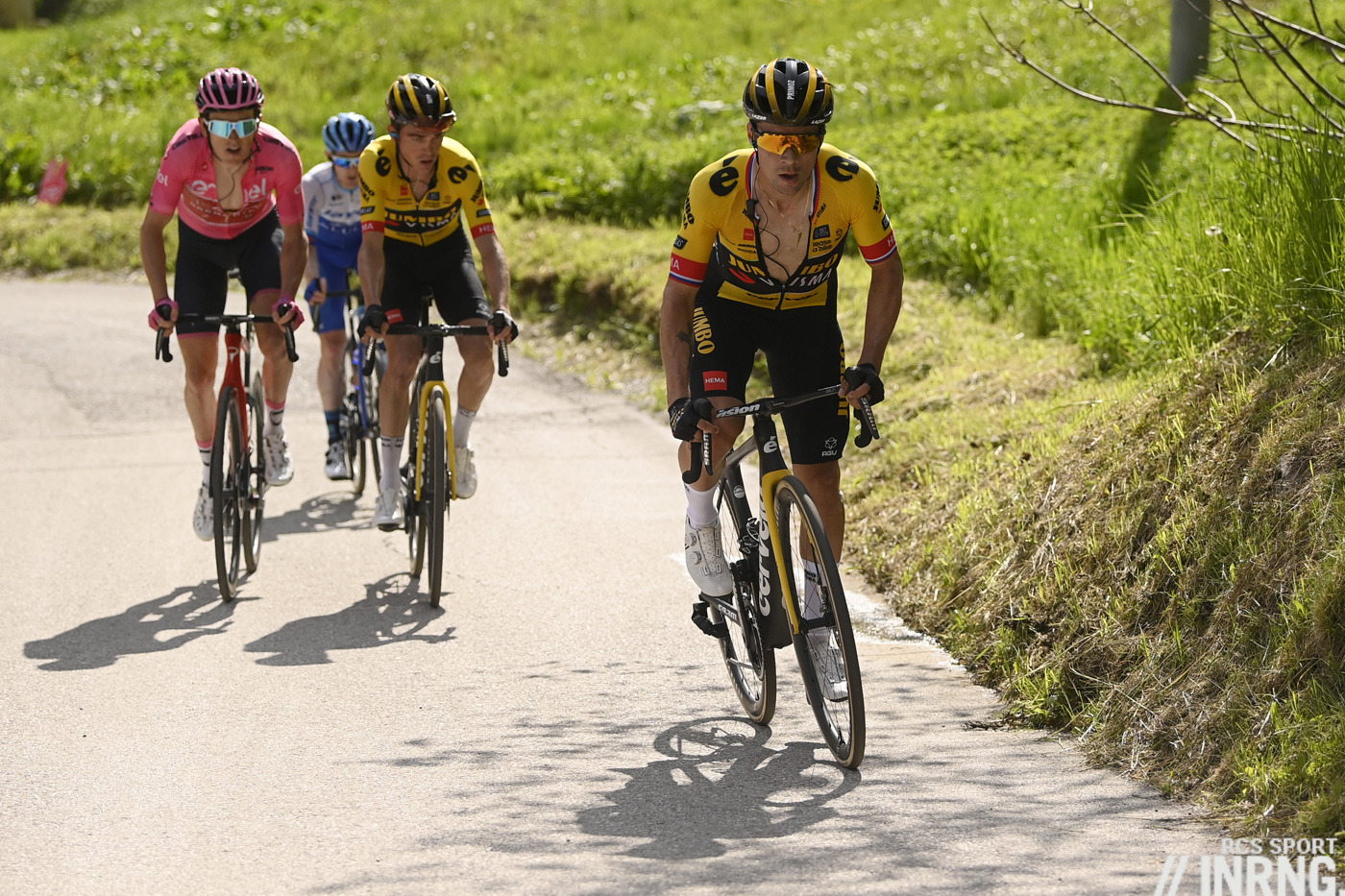
Congestion at the top teams is a recurrent topic and it’s bound to be a big issue for UAE in 2024 and 2025, especially as Juan Ayuso and João Almeida have already made noises about what they’d like to do. So Eddie Dunbar was picked to see if he could start a grand tour and how it’d work out, and whether could get results elsewhere along the way. Quitting Ineos for Jayco proved a success – he started the Giro – and it was the way he finished that was even better, he was fourth overall on Stage 18 and faded to seventh by Rome but he might have signed for that at the start? Riding the Giro often allows a run at the Vuelta but he crashed early in the Spanish tour and that wrote off the final part of his season. Just how many Dunbars are there out there who ride in service of others rather than striking out for themselves?
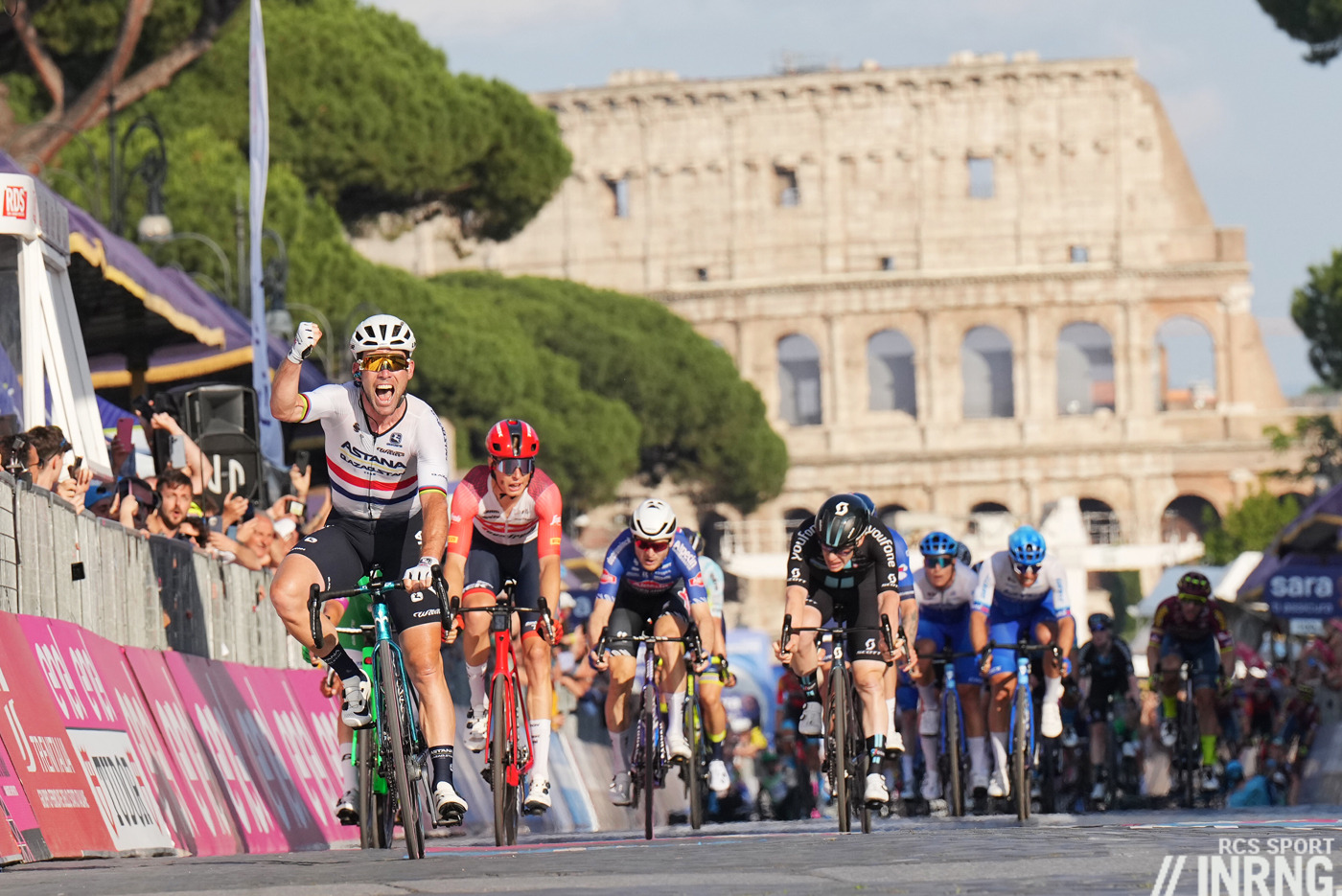
Mark Cavendish was picked because the more he rides on, the more his career becomes defined by the quest for one more Tour de France stage win rather than all the other wins that make him arguably the greatest ever sprinter. At the time of writing in January he didn’t have a team for the year although it was an open secret he was joining Astana. Moving teams is more than signing a deal and changing kit, for a sprinter the leadout train matters and it takes time to perfect. We saw at the Giro he took the win in Rome with some help from Geraint Thomas and before then he was in the mix for a stage win but also on the tarmac and on a rest day convened the press to announce his retirement. He was getting close in the Tour, an opening here or there and it could have been different and then a banal stage to Limoges, a touch of wheels and he was out of the race just when things were looking possible. But not out of the sport and he’ll be back for a last go in 2024 and with added sprint support. With each passing year his chances reduce but the likes of Michael Mørkøv could deliver him that win.
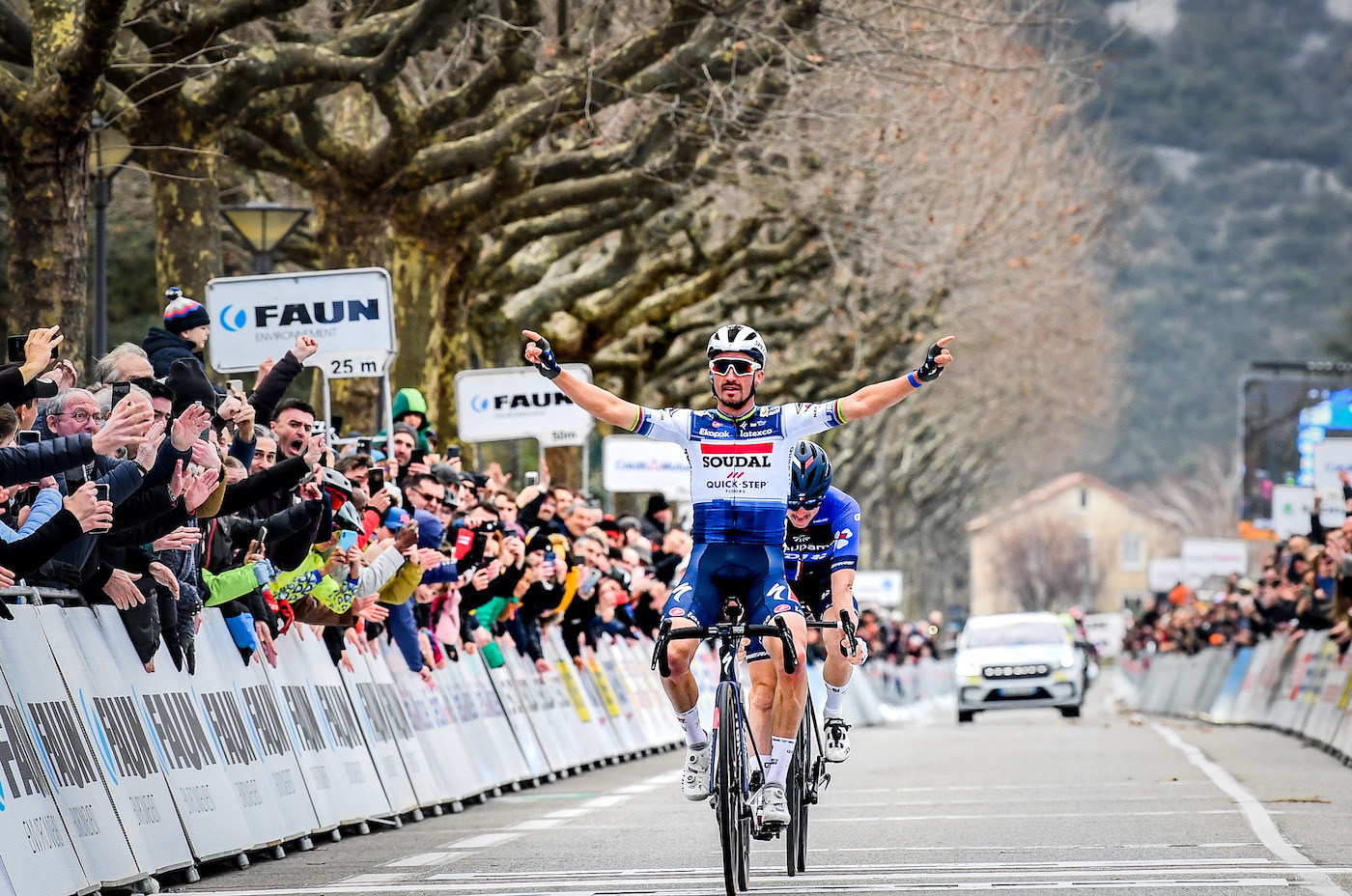
Julian Alaphilippe was picked to see if he could arrest the decline in his results and silence his team manager who was becoming increasingly vocal about the Frenchman’s salary cost and and lack of results. Could Alaphilippe get himself in the shop window with some results to attract a rival team? Not really and the closest he got to switching teams was when TotalEnergies were waiting in the wings during the brief period when Soudal-Quickstep looked to have been torpedoed by the Jumbo takeover deal. A win in the Faun-Ardèche Classic in February looked like things were back on track, now you’d expect him to smoke David Gaudu in a two-up sprint but it was the way the pair left the others trailing that impressed. Losing to Primož Roglič in Tirreno-Adriatico soon after was understandable but from then on the results faded until he popped up with a stage win in the Dauphiné but had a quieter Tour de France. He’d been a star in France – even inspiring the Alain Philippe meme that’s gone from digital to analog – but the popularity’s slipped because of the lack of visibility, even if his generous personality is there. In short not the season he’d have signed for and bis repetita, we’ll see if Patrick Lefevere snipes and whether he can put himself in the shop window again.
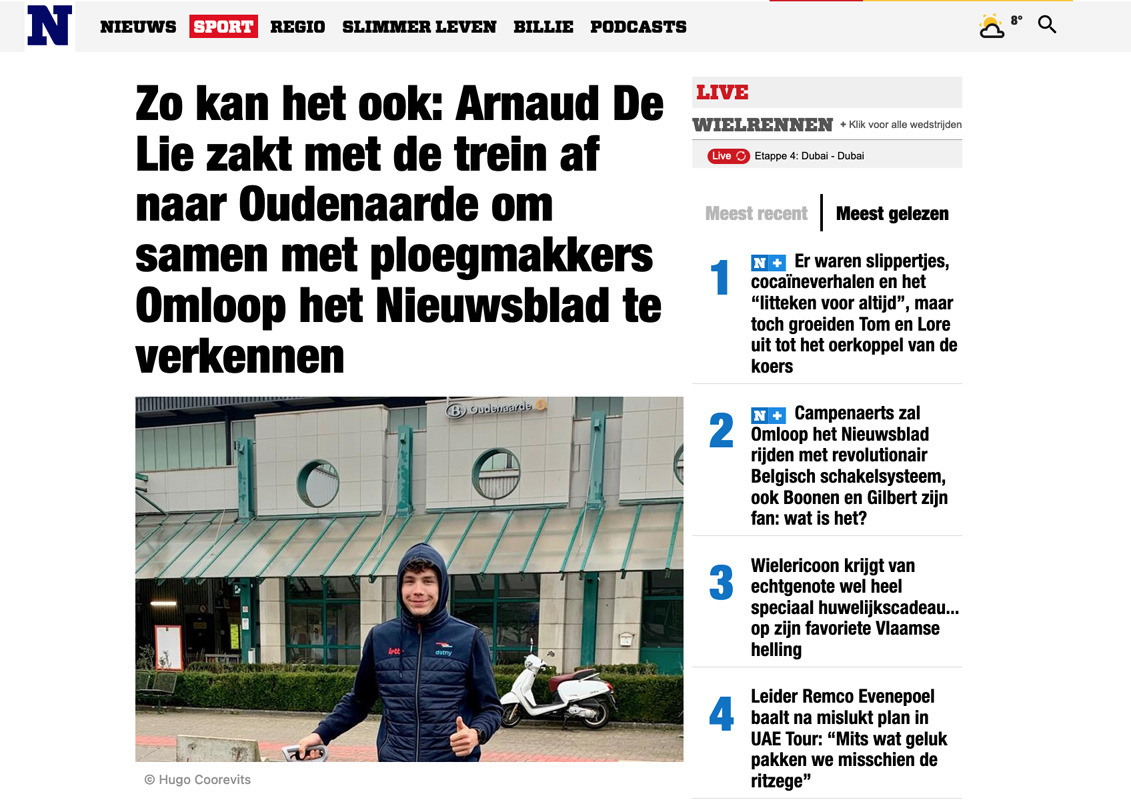
A neo-pro to watch for 2022, Arnaud De Lie was on the list for 2023 too. The simple test was whether he could build on his tremendous debut and win bigger races? Yes because he won the GP Québec, a World Tour race. He had a good Omloop by winning the bunch sprint behind winner Van Baarle too. Just 21, he went into Milan-Sanremo as a big pick – a one chainring pick here – but with hindsight he needs more time to cope with the distance and learn the subtleties of these races. Because subtle he is not, beneath the stoic-son-of-soil personality is a barn-sized pair of lungs and bovine hind legs. At times he’s been too powerful, his back wheel sliding out under torque or unclipping his pedals during a stampede sprint… but still winning. Is he a sprinter? Perhaps but in contesting sprints in the 4 Days of Dunkerque he crashed hard and you wonder if he should be reserved for harder classics and uphill sprints. He still seems grounded in a country where even if he takes the train it becomes a story.
Intermarché-Circus-Wanty have traded on the plucky upstarts image but in Biniam Girmay they’ve got a dependable rider to base more obvious strategies around. No firing Taco van der Hoorn up the road in a breakaway longshot move, instead he and colleagues would pull for “Bini” who could then take a bunch sprint win or make the winning breakaway in a classic. Easy? Of course not and it didn’t work out, a sprint win in one of the early-season races in Spain was a decent start but it was half his victory tally for the season, with a handy Tour de Suisse win in June. A sprinter who can get over some climbs is still a valuable proposition but there’s a surfeit these days. He’s still 23 so there’s time to improve and the team have been openly supportive and he’ll be one to watch in 2024.
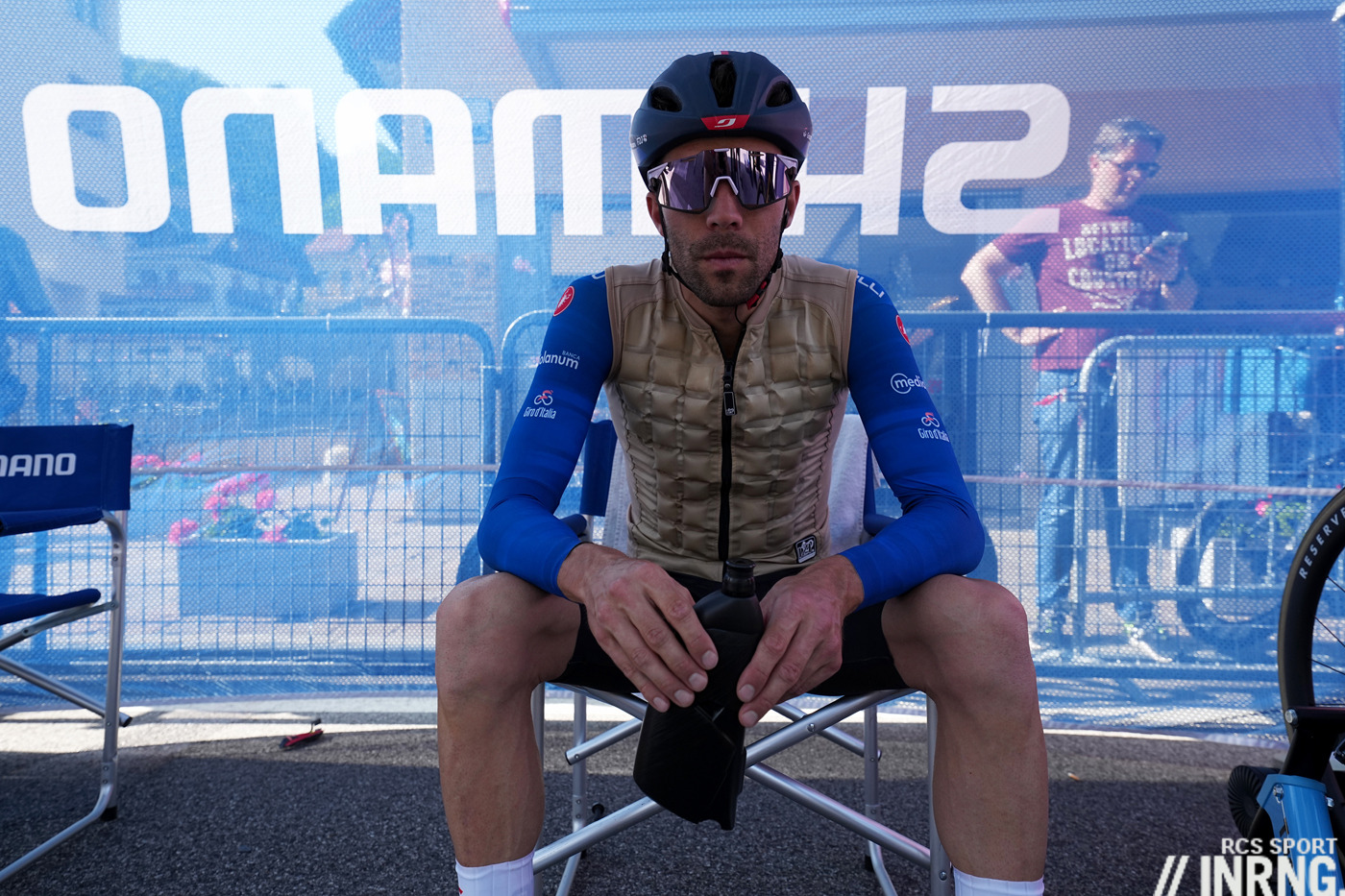
The final pick was Thibaut Pinot. It’s easy to write these lookbacks with hindsight only but a part of this exercise is to see how the riders fared against the expectations set at the time. Not that they read this blog and adjust course, just that it helps to see what the story was a year ago. Here the question was whether Pinot could leave “by the big door” so retirement planning was on the mind already. If anything Pinot had the most Pinot season ever. As a fisherman he’d almost landed two Giro stage wins only for them to wriggle off the hook upon sight of the net, and then helped by some early breakaways he went after the mountains jersey and got hooked it to make the Giro a triumph. The Tour de France was a farewell tour and concluded in spectacular style on the Petit Ballon, not only had thousands of fans gone made a pilgrimage to see him but somehow he was in the lead, solo even when he emerged from the treeline and the crowd – denied news of his arrival because the phone network was overwhelmed by the hordes – erupted and he wasn’t far off the stage win. As an animal lover he was more of a cat, at times able to do great things but never to repeat them on command like a dog could. He’ll be missed by his team. Fifth in Romandie, Fifth in the Giro, 11th in the Tour, he was their top-scorer by a long way. Plus the communications team will have to find other means rather than eulogies featuring a wistful Marc Madiot… but this isn’t meant with cynicism, in fact the popularity of this content is marketing sponsors can only dream of. All told it was the perfect retirement story, going out on a high when so many others slip away quietly.


“Just how many Dunbars are there out there who ride in service of others rather than striking out for themselves?”
An interesting subject for discussion. How about EF’s James Shaw. A decent season in team service, selected for and riding well in the TdF until crashing out with Bardet on stage stage 14, yet his name doesn’t appear on any 2024 roster yet. Strange.
A certain Sepp Kuss illustrates the potential of talented support riders.
For sure but he’s had his leadership moments before, the irony was he won the Vuelta when he wasn’t supposed to at first. I was more thinking of riders who struggle to get a start in a grand tour but if they did could turn up a surprise… in a way we don’t know about them because even their team’s don’t know about them. If Ineos knew Dunbar could have got a top-10 in the Giro, would they have let him go?
I’m sure I’ve heard Shaw himself talking about plans for next year, probably a podcast rather than TV, and with this, the assumption he’s at EF.
Shaw though still got picked for the Tour, something Dunbar couldn’t get so he moved teams.
That’s good to hear about Shaw. Was getting a bit concerned. As I am about another British James, this time Knox. Despite a solid stint at QS, and that 11th at the Vuelta a while back, he would obviously have been under threat from the merger. But it still seems unresolved even now?
You will be pleased – as am I – that Knox has signed for two more years with Soudal-QS
Beat me to it. I was going to say they surely can’t let him go as Evenepoel needs help in the mountains. They can afford to lose some riders in the classics department, not the grand tours.
Yes. I am pleased. Thanks for sharing that – it had passed me by. Growing up having Sean Yates as a local hero, I always like to keep track of British riders that make a name for themselves doing the hard yards. But unlike then, there are now so many to keep an eye on!
“Just how many Dunbars are there out there who ride in service of others rather than striking out for themselves?”
The sport is full of ’em. Pretty much all of ’em were really good riders capable of winning at some point but once they hit the big-time things change. How many directors decide these things vs the riders themselves?
Then there are those who should be in-service to others but again and again are shoved into leadership where they fail to win time after time. IMHO the biggest one of those is Mikel Landa.
Agreed, Larry.
You can almost hear it in riders’ voices and see it in their eyes if they’re leaders or not. There’s just a steeliness, self-confidence , even selfishness that winners seem to possess – and not every rider has that. It’s almost self-determining as to put yourself in that position, and demand seven other riders work for you alone, requires those characteristics.
Fascinating to see how poorly many of these riders fared; not because Mr. Ring is bad at choosing riders to watch, but rather as an example of how unpredictable the sport can be. So many riders appear on the verge of a breakthrough, only to fall short in the final analysis. Unfortunately, luck often has an oversized role. De Lie, Skjelmose and Rodriguez seem sure to continue their rise, but the rest (except Pinot) continue to have question marks next to their names in 2024.
No, Mr Ring is clearly The Kiss of Death. Riders will be offering him their first born to be kept off the next list.
Girmay was maybe the most disappointing to me. Maybe I missed an injury, but he was often there in races I watched but either not well positioned at the end or didn’t have the legs. I was all excited for a big season, something Sagan-like, but then not so much.
There is always another factor too: when you are young & unknown you can surprise because nobody looks at you, then after you break through, the other teams & riders start watching you, riding in your wheel, not allowing you to ride away, etc., which makes it harder to win. He (and his team) will have to find a way to cope with that, maybe change tactics.
I thought that Zana showed a bit more at Jayco than Dunbar this year … and probably still has some improvement in him.
Zana looked very good at times this year which was heartening to see. Bardiani has never been as great as it should be in graduating promising riders to WT level. I guess it’s not easy being Green. Interested to see if Mulubrhan makes this list next year after switching it up to Astana.
Ilan Van Wilder’s was one of my riders this year. Always promising but really stepped up the delivery this year.
“Bardiani has never been as great as it should be in graduating promising riders to WT level”
Their website lists top pros who rode with Reverberi-run teams: Petacchi, Guidi, Conti, Guerini, Zanini and more recently Colbrelli, Modolo, Pozzovivo, Brambilla, Battaglin, Canola, Ciccone and Zana. Is there a team at Bardiani’s level doing a better job?
De Lie’s sprints have been entertaining and sometimes mindboggling, but his following Hirschi & Ulissi up the last climb in Hamburg was an eye opener. Look forward to the Spring races.
Otherwise, Pinot retired at the right time, and Rodriguez staying at Ineos means he’ll be their big GT hope for the future.